3-9-6. SAME RUNWAY SEPARATION
- Views Views: 5,098
- Last updated Last updated:
-
3-9-6. SAME RUNWAY SEPARATION
Separate a departing aircraft from a preceding departing or arriving aircraft using the same runway by ensuring that it does not begin takeoff roll until:
- The other aircraft has departed and crossed the runway end or turned to avert any conflict. (See FIG 3-9-1.) If you can determine distances by reference to suitable landmarks, the other aircraft needs only be airborne if the following minimum distance exists between aircraft: (See FIG 3-9-2.)
- When only Category I aircraft are involved- 3,000 feet.
- When a Category I aircraft is preceded by a Category II aircraft- 3,000 feet.
- When either the succeeding or both are Category II aircraft- 4,500 feet.
- When either is a Category III aircraft- 6,000 feet.
- When the succeeding aircraft is a helicopter, visual separation may be applied in lieu of using distance minima.
FIG 3-9-1 Same Runway Separation [View 1] 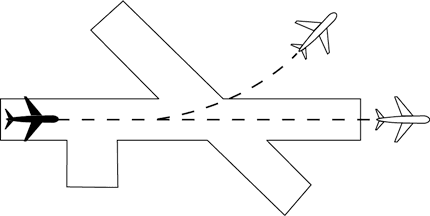
FIG 3-9-2 Same Runway Separation [View 2] 
NOTE: Aircraft same runway separation (SRS) categories are specified in FAA Order JO 7360.1, Aircraft Type Designators and based upon the following definitions:
- CATEGORY I* small single-engine propeller driven aircraft weighing 12,500 lbs. or less, and all helicopters.
- CATEGORY II* small twin-engine propeller driven aircraft weighing 12,500 lbs. or less.
- CATEGORY III* all other aircraft.
- A preceding landing aircraft is clear of the runway. (See FIG 3-9-3.)
FIG 3-9-3 Preceding Landing Aircraft Clear of Runway 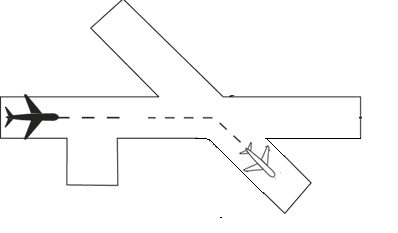
- REFERENCE
- P/CG Term - Clear of the Runway.
WAKE TURBULENCE APPLICATION
- Do not issue clearances which imply or indicate approval of rolling takeoffs by super or heavy aircraft except as provided in Para 3-1-14, Ground Operations When Volcanic Ash is Present.
- Do not issue clearances to a small aircraft to line up and wait on the same runway behind a departing super or heavy aircraft to apply the necessary intervals.
- REFERENCE
- AC 90-23, Aircraft Wake Turbulence.
- The minima in Para 5-5-4, Minima, subparagraph g, may be applied in lieu of the time interval requirements in subparagraphs f, g, and h. When Para 5-5-4, Minima, is applied, ensure that the appropriate radar separation exists at or prior to the time an aircraft becomes airborne.
- REFERENCE
- FAA Order JO 7210.3, Para 2-1-16, Authorization for Separation Services by Towers.
- FAA Order JO 7210.3, Para 10-5-3, Functional Use of Certified Tower radar Displays.
- NOTE: The pilot may request additional separation, but should make this request before taxiing on the runway.
- NOTE: Takeoff clearance to the following aircraft should not be issued until the time interval has passed after the preceding aircraft begins takeoff roll.
- Separate aircraft taking off from the same runway or a parallel runway separated by less than 2,500 feet (See FIG 3-9-4.):
- Heavy, large, or small behind super - 3 minutes.
- Heavy, large, or small behind heavy - 2 minutes.
FIG 3-9-4 Same Runway Separation 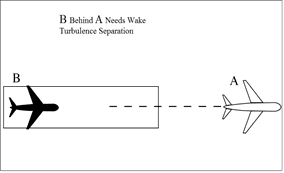
- Separate a small behind a B757 aircraft by 2 minutes when departing:
- The same runway or a parallel runway separated by less than 700 feet. (See FIG 3-9-5 and FIG FIG 3-9-6.)
FIG 3-9-5 Same Runway Separation 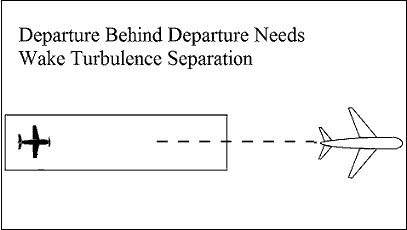
FIG 3-9-6 Parallel Runway Separated by Less than 700 Feet 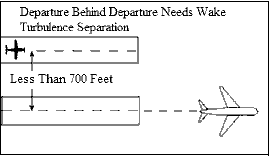
- A parallel runway separated by 700 feet or more if projected flight paths will cross. (See FIG 3-9-7).
FIG 3-9-7 Parallel Runway Separated by 700 Feet or More Projected Flight Paths Cross 
- The same runway or a parallel runway separated by less than 700 feet. (See FIG 3-9-5 and FIG FIG 3-9-6.)
- Separate aircraft departing from a parallel runway separated by 2,500 feet or more if projected flight paths will cross (See FIG 3-9-8):
- Heavy, large, or small behind super - 3 minutes.
- Heavy, large, or small behind heavy - 2 minutes.
FIG 3-9-8 Parallel Runways Separated by 2,500 feet or More 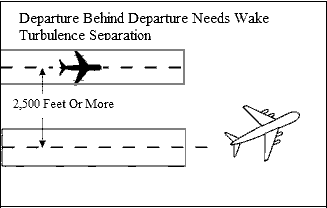
- Separate aircraft when operating on a runway with a displaced landing threshold if projected flight paths will cross when either a departure follows an arrival or an arrival follows a departure by the following minima:
- Heavy, large, or small behind super - 3 minutes.
- Heavy, large, or small behind heavy - 2 minutes.
- Small behind B757 - 2 minutes.
- Separate an aircraft behind another aircraft that has departed or made a low/missed approach when utilizing opposite direction takeoffs or landings on the same or parallel runways separated by less than 2,500 feet by the following minima:
- Heavy, large, or small behind super - 4 minutes.
- Heavy, large, or small behind heavy - 3 minutes
- Separate a small aircraft behind a B757 that has departed or made a low/missed approach by 3 minutes when utilizing opposite direction takeoffs or landings from:
- The same runway or a parallel runway separated by less than 700 feet.
- A parallel runway separated by 700 feet or more if projected flight paths will cross.
- Do not approve pilot requests to deviate from the required intervals contained in subparagraphs f through k.
- PHRASEOLOGY
- HOLD FOR WAKE TURBULENCE.
- Separate a small aircraft behind a large aircraft (except B757) that has departed or made a low/missed approach when utilizing opposite direction takeoffs on the same runway by 3 minutes unless a pilot has initiated a request to deviate from the time interval. In the latter case, issue a wake turbulence cautionary advisory before clearing the aircraft for takeoff. Controllers must not initiate or suggest a waiver of the time interval.
NOTE: A request for takeoff does not initiate a waiver request.
- Inform aircraft when it is necessary to hold in order to provide the required time interval.
- The other aircraft has departed and crossed the runway end or turned to avert any conflict. (See FIG 3-9-1.) If you can determine distances by reference to suitable landmarks, the other aircraft needs only be airborne if the following minimum distance exists between aircraft: (See FIG 3-9-2.)